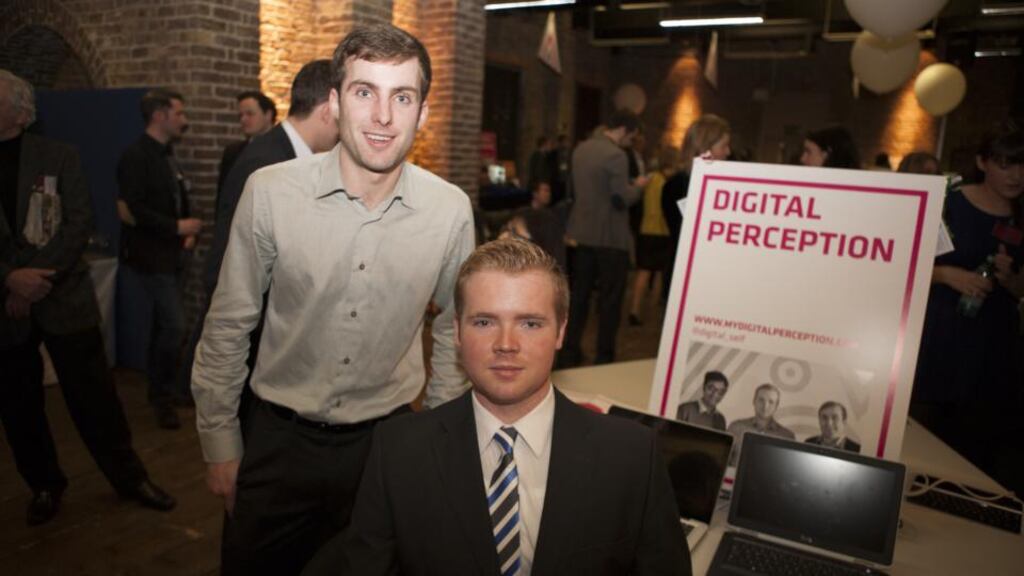“Click” goes the camera on a smartphone. Seconds later the image is posted for all the world to see.
At the time this may seem harmless. But years later, not everyone wants their indiscretions visible to partners or prospective employers.
Once uploaded images can be very difficult to remove but Liam Brennan, Aaron Byrne and Shourjya Sanyal are on the case.
Together they formed Digital Perception last September to tackle the problem.
Brennan has a PhD in engineering while Byrne and Sanyal are currently completing doctorates in computational science. The three met through the Innovation Academy at University College Dublin.
“We believe everyone has the right to be forgotten and our aim is to give people the tools to understand and manage their privacy online,” Brennan says.
“Everyone needs to be aware of their digital footprint and we believe everybody should be free to manage their identity and show a true representation of themselves.
"The scale of the online privacy problem is gathering speed and the public has suddenly become acutely aware of it following the eye-opening revelations of Edward Snowden, " Brennan adds.
“The web is visual and millions of new photos are uploaded every day.
"Nearly two million unique photos are uploaded to Imagur (a relatively unknown site) alone every day. I can only imagine what Facebook receives."
Digital Perception’s launch product is aimed at Facebook users. It will be available free from April this year.
The company is based at the National Digital Research Centre (NDRC) and, to date, time rather than money has been poured into the business.
However, Brennan says the company is now looking for investors.
Digital Perception does not face direct competition in the marketplace. Those already in this space are primarily servicing brands and the corporate market.
Digital Perception’s focus is individuals both private and those with high public profiles.
“We use facial recognition algorithm technology to find people’s untagged photos and inform them if they are publicly available.
“Critically, a current user does not know if a friend has shared their image publicly,” Brennan says.
"Expansion, with integration to other social media sites such as Twitter and Instagram will happen after we secure investment.
“We are refining our technology at the moment and changing the application to a machine-learning algorithm. We will be the first company to do this as far as we know.
“One of the biggest challenges for us is that we have a great product but lack business experience.
The NDRC was invaluable in helping us think globally and it provided us with support in every possible way, especially in relation to mentoring which was a huge plus.”












